The Significance of Beadwork in Sepedi Fashion
The Significance of Beadwork in Sepedi Fashion

Beadwork Techniques and Styles in Sepedi Fashion
Traditional Beadwork Techniques
In Sepedi fashion, beadwork holds great significance and is an integral part of the cultural heritage of the Sepedi people. Traditional beadwork techniques have been passed down through generations, preserving the rich history and traditions of the community.
- Beaded Necklaces and Chokers: Necklaces and chokers are some of the most commonly adorned beadwork jewelry items in Sepedi fashion. They are often made with vibrant colors and intricate patterns, showcasing the craftsmanship and attention to detail.
- Beaded Headgear and Hair Accessories: Headgear plays a crucial role in Sepedi culture, and beadwork is used to embellish headbands, hats, and hair accessories. These decorative pieces not only enhance the beauty of traditional attire but also convey cultural and social meanings.
Contemporary Beadwork Styles
While traditional beadwork techniques continue to hold importance, contemporary beadwork styles have emerged, blending modern fashion with traditional elements.
- Beaded Clothing and Accessories: Beadwork is no longer limited to just jewelry. Contemporary Sepedi fashion features beadwork on clothing such as dresses, tops, and skirts. Additionally, accessories like handbags and belts are intricately adorned with beads, adding a touch of elegance and cultural flair.
- Beaded Footwear and Bags: Sepedi fashion embraces beadwork on footwear, such as sandals and traditional shoes. Beaded bags are also popular, serving both functional and aesthetic purposes.
The significance of beadwork in Sepedi fashion goes beyond aesthetics. It represents cultural identity, storytelling, and serves as a symbol of pride and heritage for the Sepedi community.
Sepedi fashion is deeply rooted in cultural traditions and heritage, and one prominent aspect of this fashion style is the use of beadwork. Beadwork holds significant symbolism and meaning in Sepedi culture, serving as more than just decorative accessories. It plays a vital role in expressing cultural traditions, societal identity, and spiritual beliefs.
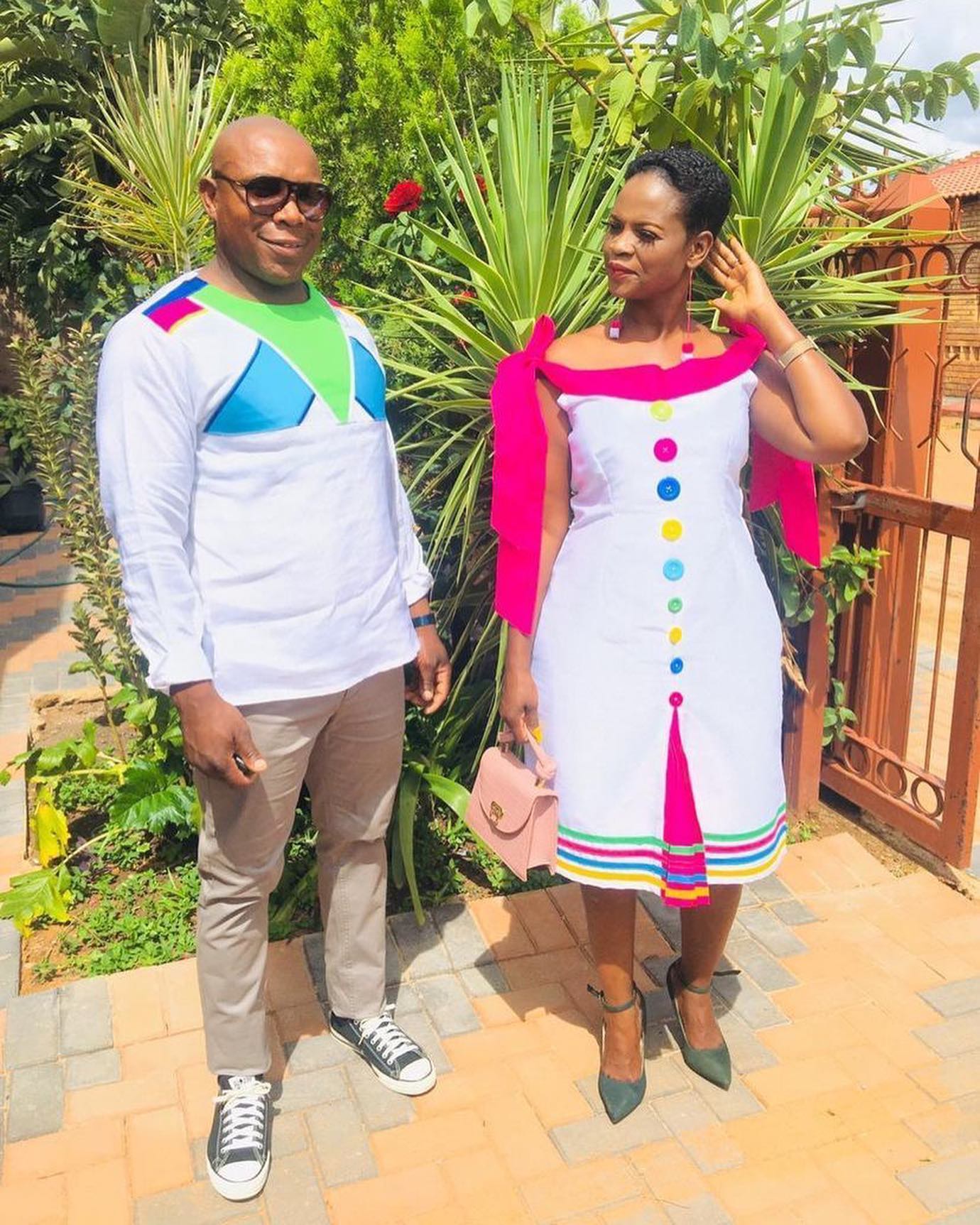

Cultural Significance and Traditions
In Sepedi culture, beadwork is considered an integral part of the community’s identity and heritage. It has been passed down through generations, allowing individuals to connect with their ancestors and preserve their cultural identity. Beadwork is often used in traditional ceremonies and celebrations, such as weddings, initiation rites, and coming-of-age rituals.
1. Rites of Passage and Ceremonies
Beadwork holds immense importance in Sepedi rites of passage and ceremonies. For example, during initiation ceremonies for boys and girls, beadwork is used to distinguish the participants based on their age and status within the community. It signifies their transition into adulthood and their readiness to take on new responsibilities.


2. Gender and Social Identity
Beadwork also plays a role in expressing gender and social identity in Sepedi fashion. Different beadwork designs and colors are often associated with specific genders or social roles within the community. It serves as a visual representation of one’s place in society and the values attributed to that role.


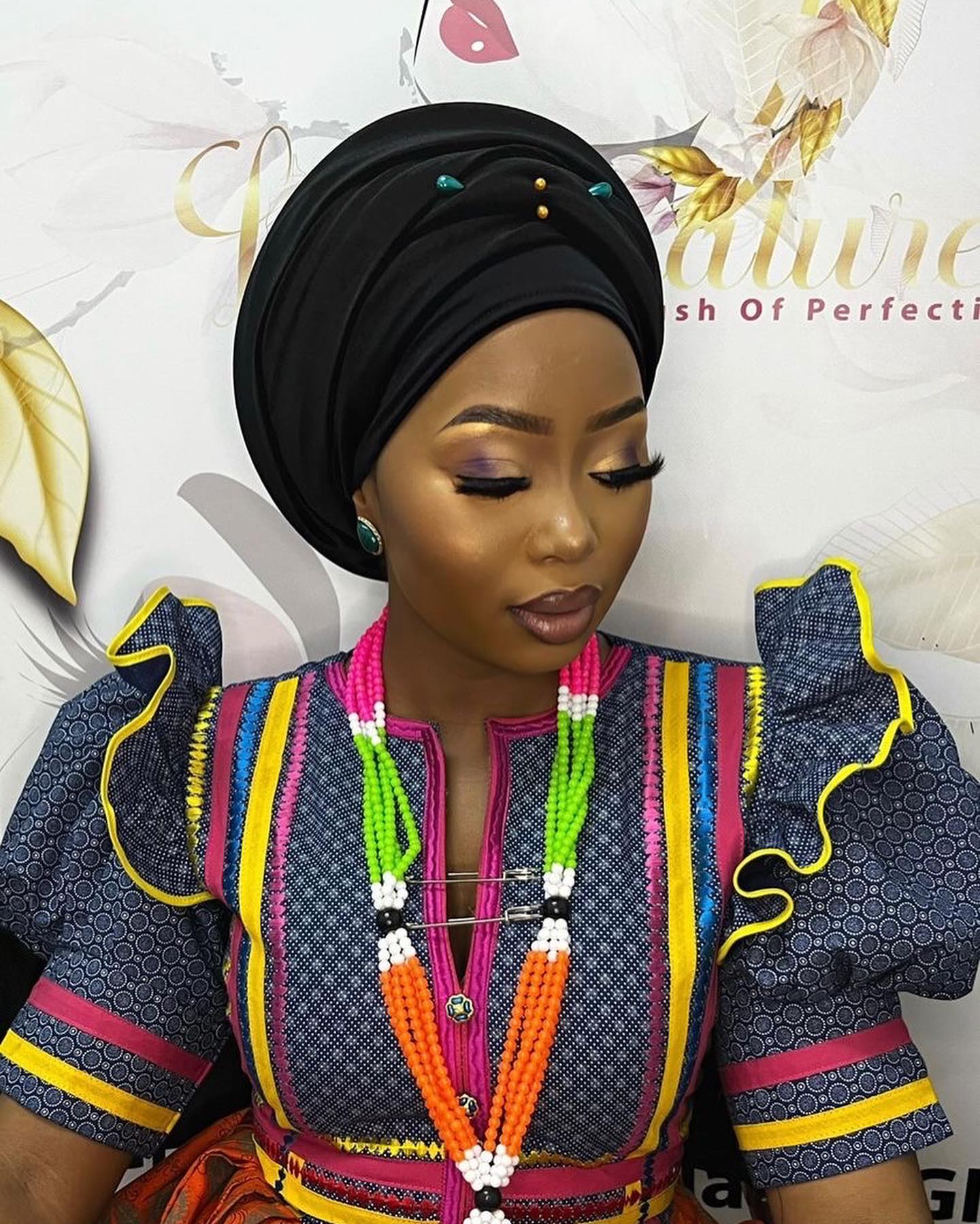
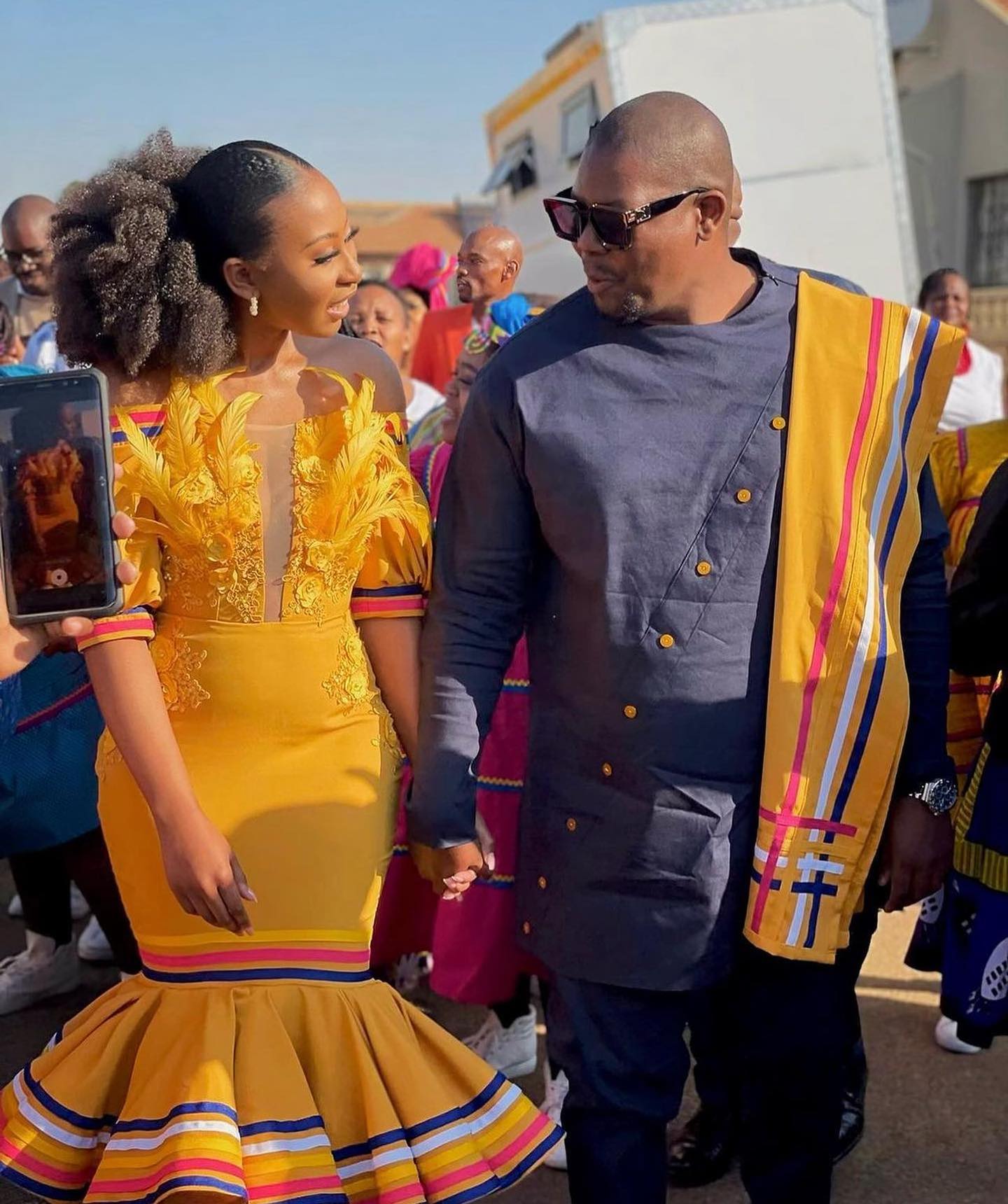
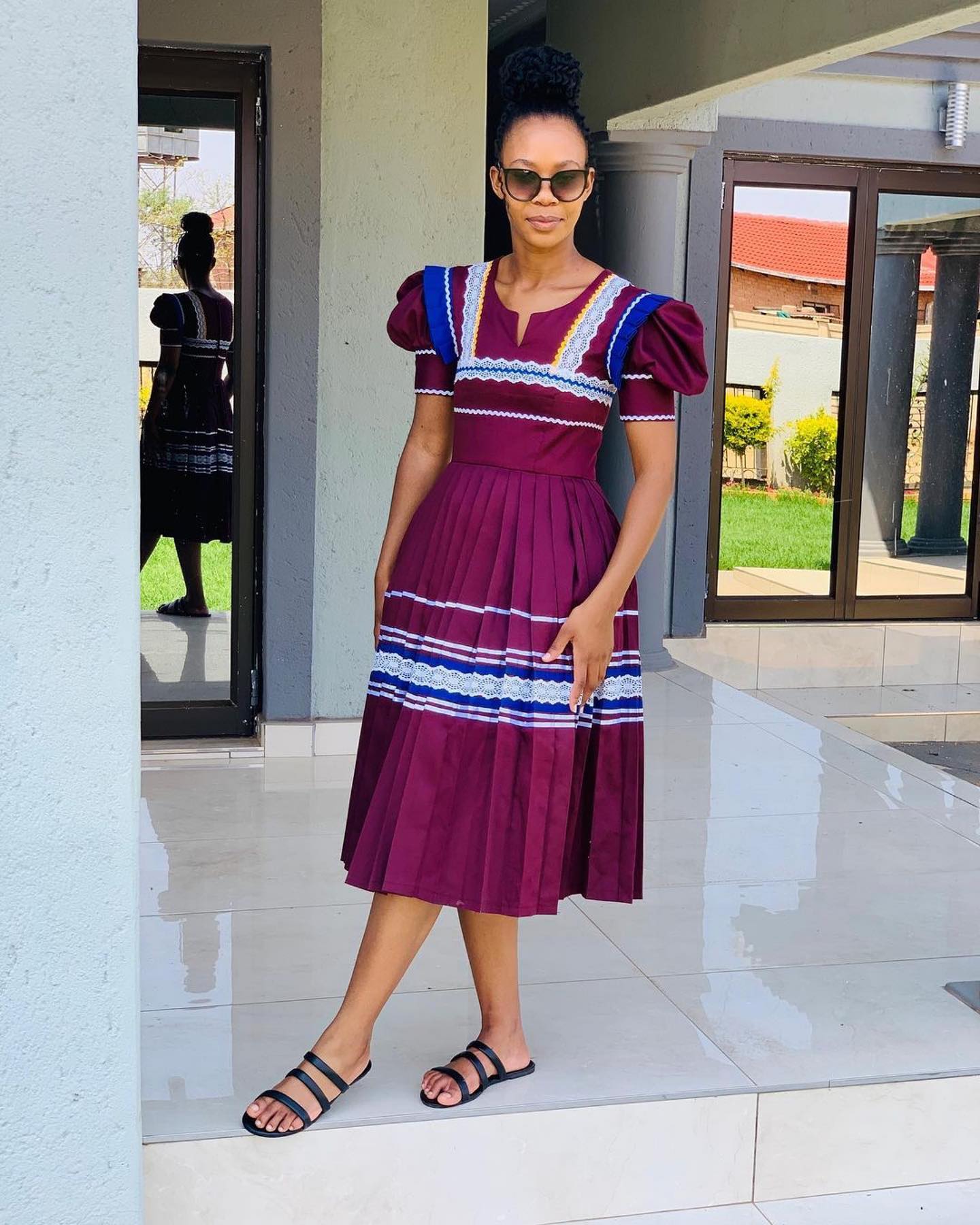

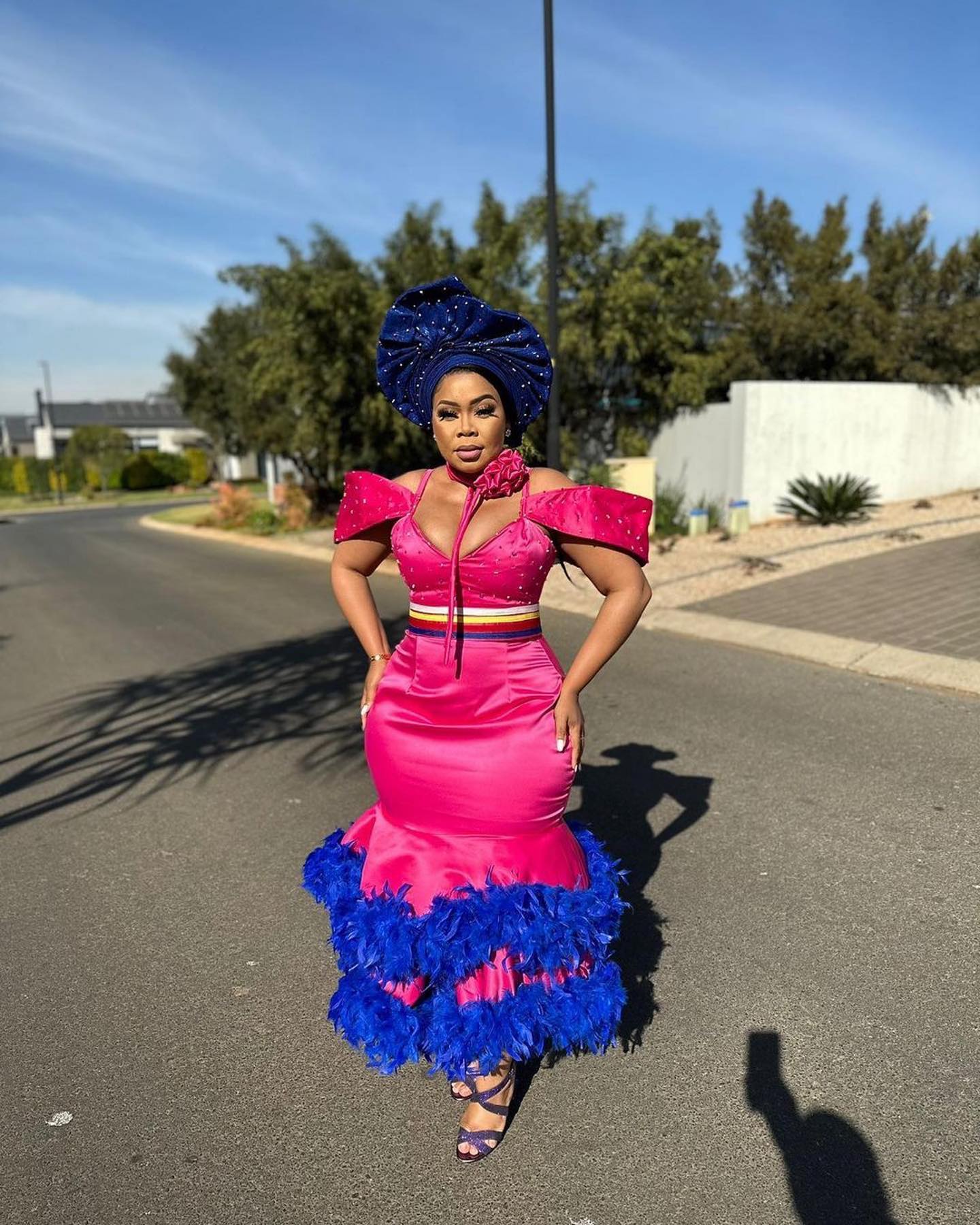

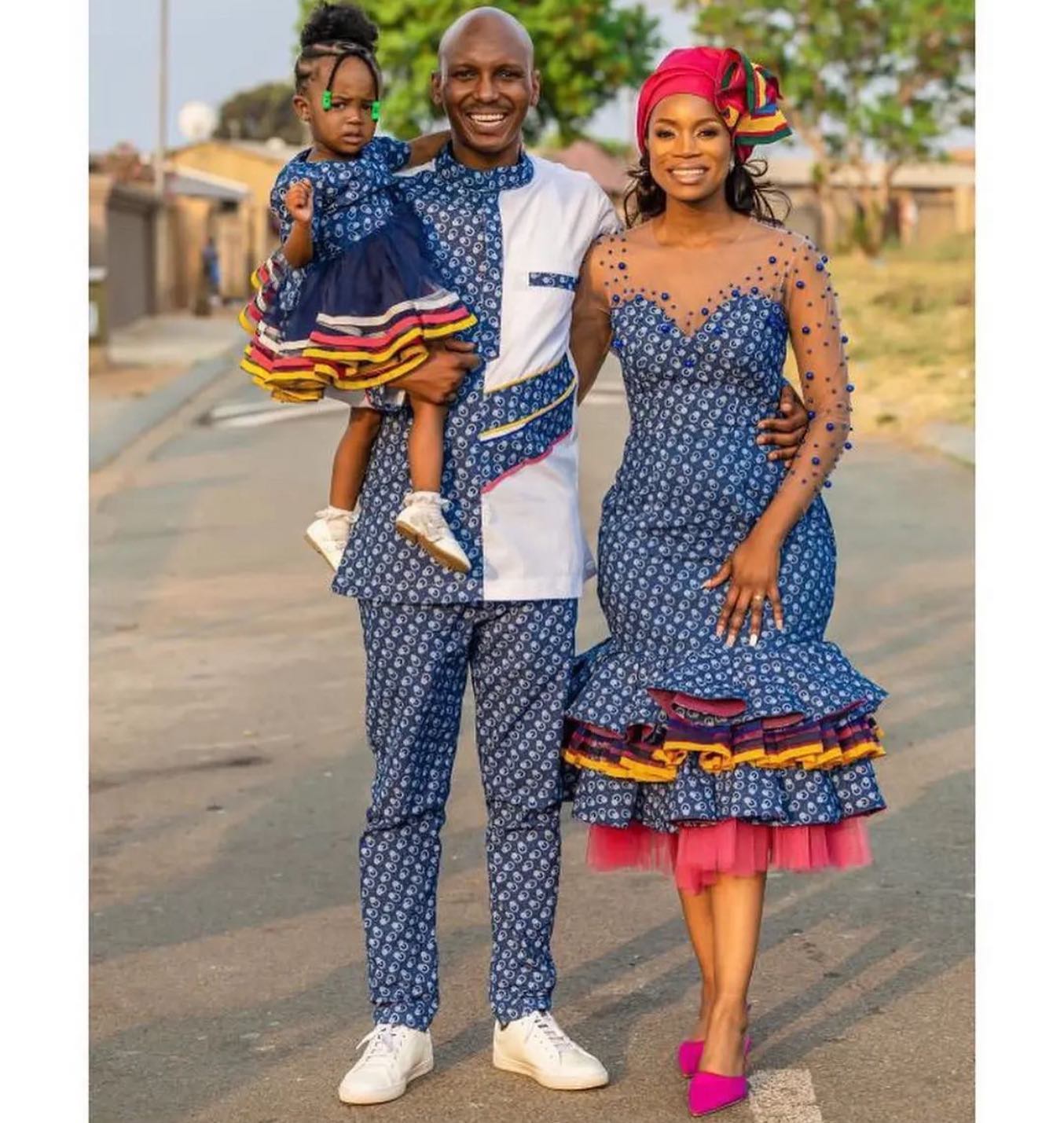
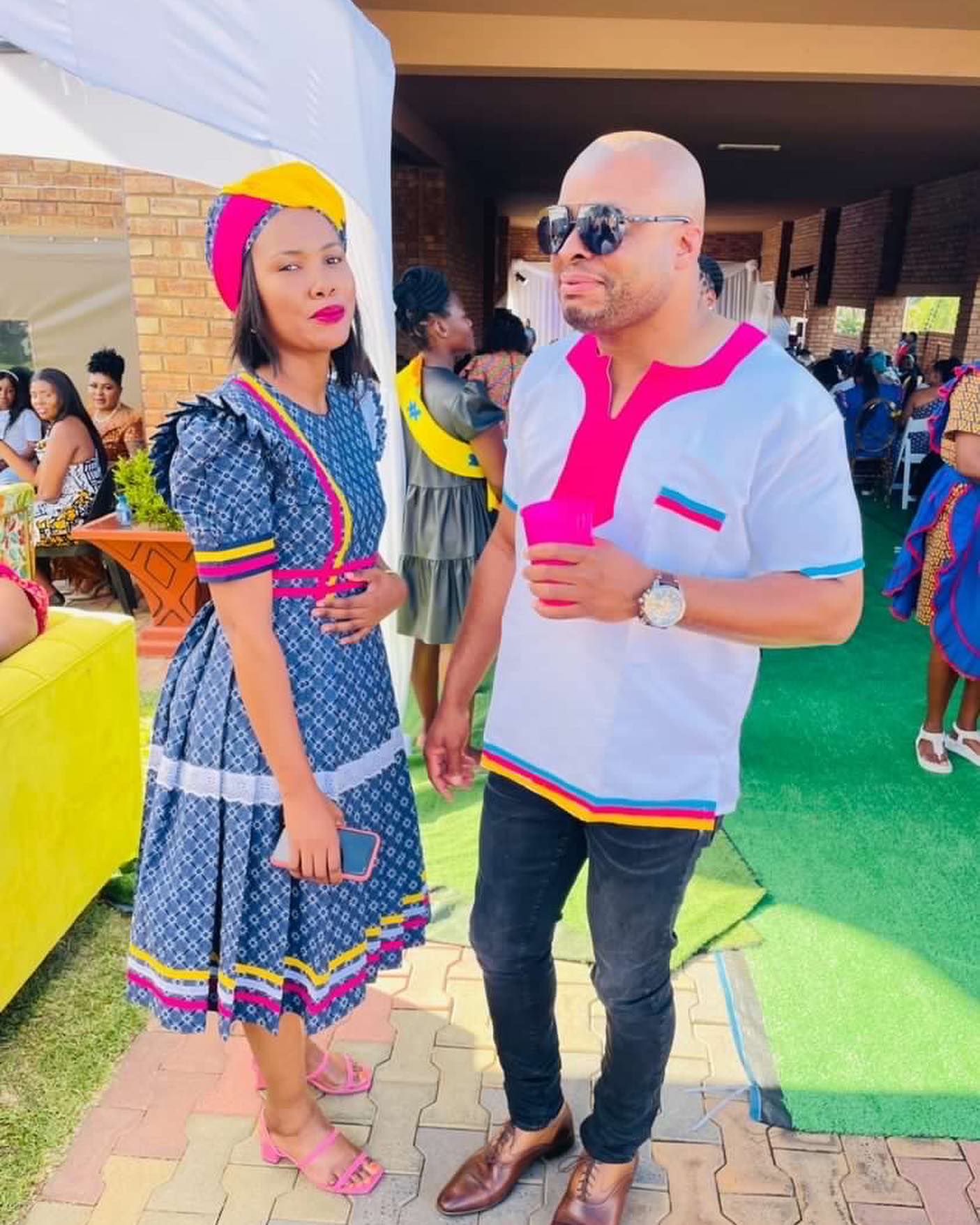
Spiritual and Protective Symbols
In addition to its cultural and social significance, beadwork in Sepedi fashion is also rich in spiritual and protective symbolism. Certain beadwork patterns and colors are believed to have spiritual significance, providing guidance, protection, and blessings. This adds a deeper layer of meaning to the beadwork, symbolizing the connection between the physical and spiritual realms.
Overall, beadwork in Sepedi fashion is far more than just a fashion statement. It is a reflection of cultural traditions, a marker of identity, and a carrier of spiritual symbolism. It serves to honor the past, celebrate the present, and preserve the rich heritage of the Sepedi people.


















Comments are closed.